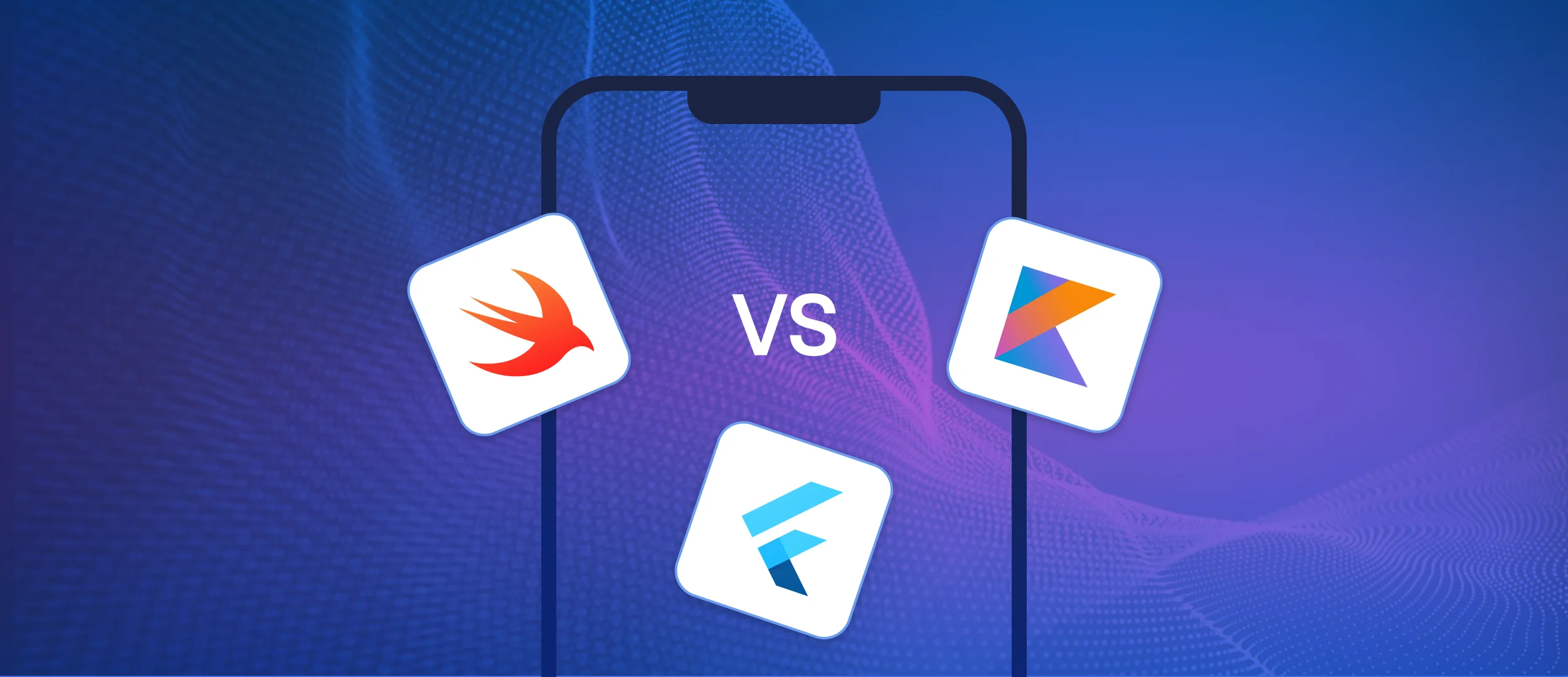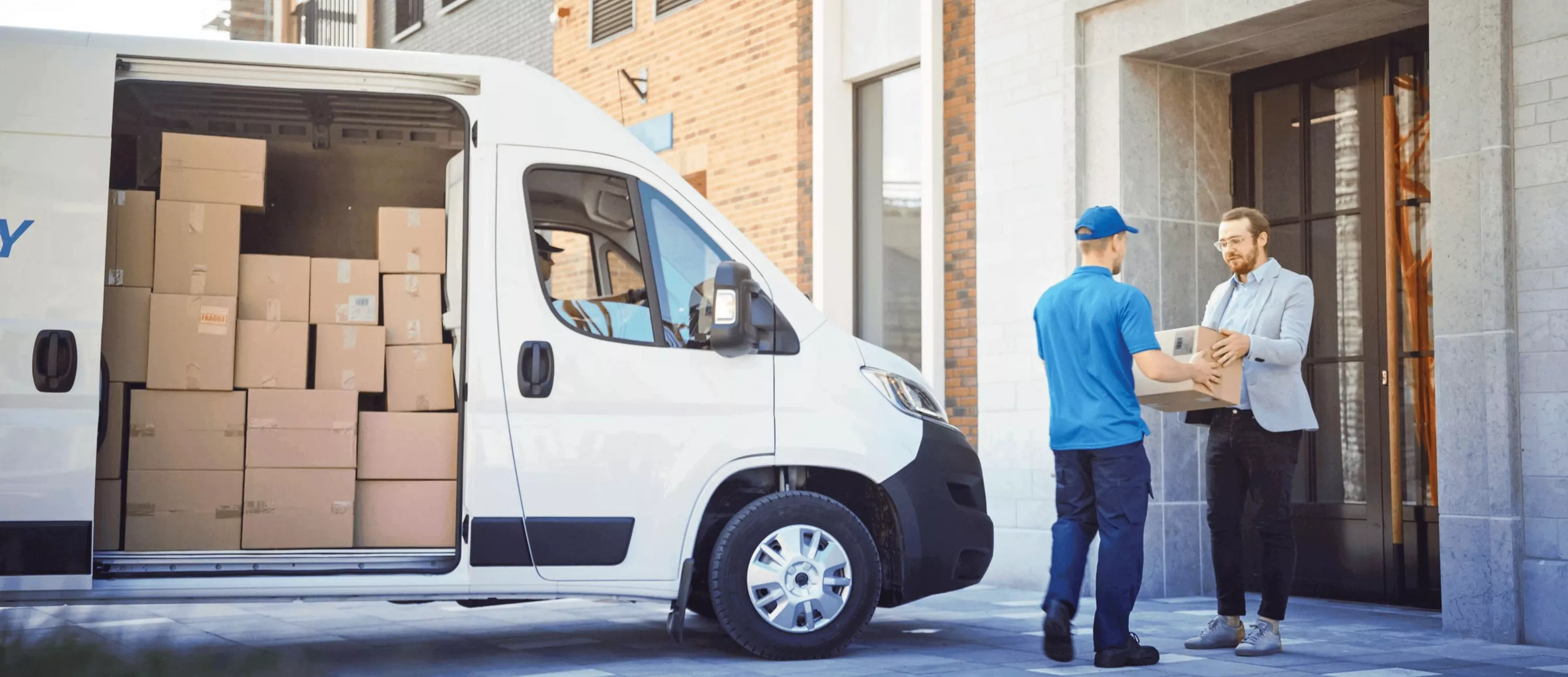
In today's fast-paced world, convenience is king. Nothing exemplifies this more than the booming demand for delivery applications. According to a report by Statista , the global online food delivery market is expected to reach US$1.92 trillion in 2029, with a compound annual growth rate of 9.49% from 2024 to 2029.
Creating a successful courier service software can be a lucrative opportunity. Yet, it also requires careful planning and execution. With the right approach, you can tap into this growing market and provide a seamless experience for both customers and delivery partners.
Whether you're interested in developing an application for food, grocery delivery, or any other type of on-demand service, this blog post will guide you through the essential steps of how to create a delivery app that stands out in a crowded market.
The Growing Demand for Delivery App Development
The delivery app market is experiencing unprecedented growth. This surge in popularity can be attributed to several factors. First and foremost, the COVID-19 pandemic has accelerated the adoption of contactless dispatch services. Consumers seek safer and more convenient ways to access essential goods and services. A study by McKinsey & Company revealed that online grocery shipment saw a 50% increase in demand during the pandemic.
Moreover, technological advancements, such as the widespread availability of smartphones and the integration of GPS and mapping technologies, have made it easier than ever for delivery software to provide seamless and efficient services.
The delivery application sector has also benefited from the rise of the gig economy. It has created a pool of flexible workers willing to take on courier jobs. Companies like DoorDash, Uber Eats, and Grubhub have leveraged this trend. They empowered individuals to earn extra income by delivering goods and services on their schedules.
Shipment apps offer convenience and accessibility. It's no wonder that consumers across various demographics have embraced this trend. A survey by Gloria Food revealed that 86% of Americans use a food delivery platform at least once a month.
As the sector continues to thrive, businesses that can adapt to changing consumer demands and leverage the latest technologies will be well-positioned to capture a significant share of this lucrative market.
Have a delivery app idea in mind?
Let’s create a reliable and scalable on-demand solution tailored to your business needs.
Alina
Client Manager

What is a Delivery App?
Before understanding how to start a delivery service app it is essential to understand this type of application. A delivery app is a mobile application that enables users to order and receive various goods or services through a convenient and efficient delivery system. These apps have become increasingly popular due to their ability to provide a seamless and on-demand experience for customers seeking convenience.
A dispatch application serves as a digital platform that connects customers with local businesses or service providers. Users can browse through a wide range of products or services, place orders, and arrange for delivery to their desired location. All this is done at the convenience of their smartphones or tablets.
The success of delivery platforms lies in their ability to streamline the entire process, from placing orders to tracking deliveries in real-time. Many apps integrate features such as GPS tracking, secure payment gateways, and customer ratings to ensure a smooth and reliable experience for both users and delivery partners.
Moreover, shipment applications have revolutionized the way businesses operate. They enabled businesses to reach a wider customer base and expand their reach beyond their physical locations. By partnering with these apps, businesses can tap into a new revenue stream and adapt to changing consumer preferences for convenience and on-demand services.
How a Delivery App Works: Core Logic & Components
Delivery services make it easy to have food or other items brought right to your door. Here's how they work.
First, you download and open the application on your smartphone or tablet. The program will show you a list of restaurants, stores, or services that deliver in your area. You browse through and select what you want - whether that's your favorite pizza, household supplies, or something else.
Next, you go through and place your order in the app. You enter your address and choose how you want to pay - maybe with a credit card or digital wallet. The application lets you know how long it will take for your order to arrive.
The application then sends your order to a courier. It is often someone who works as an independent contractor. The courier picks up your order from the restaurant or store and brings it right to your address.
When they arrive, the delivery person hands you your order. You may need to show ID if you ordered alcohol. Some apps let you rate the delivery experience and leave a tip for the driver through the app.
How to Create a Delivery App: Step-by-Step Process
Are you wondering how to create a delivery service app for your business? It's a great idea! Delivery applications can help you reach more customers and boost your sales. In this section, we'll guide you through the process of making a dispatch app, step by step.
Conduct a Market Research
An important step in how to create an app for delivery is analyzing the market. Before you start building your app, it's important to understand the market and your target audience. Research your competitors and find out what features they offer. This will help you identify gaps and opportunities for your app.
Talk to your potential customers and ask them about their pain points and what they expect from your solution. This will give you valuable insights and help you create an application that meets their needs. Successful mobile application delivery depends on thorough research and aligning features with user expectations.
Decide on the Type of Delivery App
There are different types of delivery platforms, such as food or grocery delivery, or courier services. Decide which type of application you want to create based on your business model and market research.
Consider factors like the products you offer, your target audience, and the geographical area you want to cover. This will help you define the scope of your program and plan its features accordingly.
Assemble the Right Team
Building a successful program requires a dedicated team of skilled professionals. Depending on your budget and requirements, you may need to hire:
- Developers (front-end and back-end). These are the core members of your team responsible for coding and developing the app's functionality. Front-end developers work on the user interface and user experience. Back-end developers handle the server-side logic, databases, and APIs.
- User Interface and User Experience Designers. UI and UX designers are crucial for creating an intuitive and visually appealing app. They design the app's layout, navigation, and overall look and feel, ensuring a seamless user experience.
- Quality assurance testers. Testing is a crucial step in application development. QA testers ensure that the software functions correctly, and identify bugs and issues. They validate the app's performance across different devices and platforms.
- Project managers. A project manager oversees the entire development process, coordinating between different teams and setting deadlines. PM makes sure that the project stays on track and within budget.
You may also need to involve other professionals, such as content writers, marketing experts, or legal advisors, depending on your specific delivery app requirements. If you're on a tight budget, you can consider hiring freelancers or outsourcing the on-demand delivery app development to a reliable agency.
Develop the Core Features
Once you have your team in place, it's time to develop a delivery app with essential features for smooth operation. Begin with the basic functions that are essential for any dispatch software, such as:
- User registration and login
- Real-time order tracking
- Secure payment gateway integration
- Push notifications
- GPS integration
- Search and filtering
These features will form the foundation of your application and ensure a smooth user experience.
Populate Your App with Content
Your application will need to be populated with relevant content, such as:
- Product/service catalog. Create a detailed catalog of the products or services you offer. Include descriptions, images, pricing, and any relevant information that helps users make informed decisions.
- Restaurant/vendor profiles. If your program involves partnerships with restaurants or vendors, create profiles with details such as menus, operating hours, locations, and customer ratings and reviews.
- Delivery areas and coverage. Clearly define and display the areas where you offer services. Ensure transparency for users and efficient route planning.
- Pricing and delivery charges. Provide clear and upfront information about pricing. Show fees, service charges, and any applicable taxes or surcharges.
- Promotions and offers. Feature special promotions, discounts, or offers to attract and retain customers.
- FAQs and help sections. Include FAQs, user guides, and support resources to assist users and address common queries or concerns.
Make sure the content is up-to-date, accurate, and easy to navigate for your users.
Testing
Before launching your app, it's crucial to test it thoroughly. Conduct various types of testing, including:
- Functional testing. Test all the app's features and functionalities. Ensure they work as intended across different scenarios and use cases.
- Usability testing. Evaluate the app's user interface and user experience by involving real users. Gather feedback on navigation, ease of use, and overall satisfaction.
- Performance testing. Test the app's performance under various conditions, such as high user load, slow network connections, and different device configurations, to ensure optimal performance and responsiveness.
- Compatibility testing. Test the app's compatibility across different devices, operating systems, and screen sizes. This helps to ensure a consistent experience for all users.
- Security testing. Assess the app's security measures. Check data encryption, authentication protocols, and vulnerability to potential threats or attacks.
- Load and stress testing. Simulate high user traffic and load conditions. This helps identify potential bottlenecks and ensure the software can handle peak usage without compromising performance.
Involve real users in the testing process to get valuable feedback and identify any issues or areas for improvement. Address any bugs or concerns identified during testing before proceeding to the launch phase.
Publishing Your App on Stores
Once your program has passed all the testing phases, it's time to publish it on app stores. Follow the guidelines and requirements of each platform carefully to ensure a smooth publication process.
Create appealing app store listings with compelling descriptions, screenshots, and videos. This will help attract potential users. Promote your application through various channels. Use social media, email marketing, and online advertising.
Remember, launching your application is just the beginning. Keep updating it regularly with new features, bug fixes, and content to ensure user satisfaction and retention.
Delivery App Features
Your program is the face of your brand and the main way customers interact with your services. To keep customers happy and loyal, your software needs some key features. Let's dive into four must-have features.
User-Friendly Interface
First and foremost, the user interface needs to be intuitive and easy to navigate. Customers should be able to quickly find what they need without getting frustrated. The interface should be clean, visually appealing, and consistent across all screens and menus. Clear labeling, simple iconography, and minimalistic design can go a long way in providing a pleasant user experience.
Real-time Tracking
One of the biggest advantages of delivery apps is the ability to track orders in real time. Customers want transparency into where their order is at every step of the process. Your app should provide accurate, up-to-the-minute location data of the courier. This instills confidence in customers. It reduces anxiety about when their order will arrive, too.
Payment Integration
Making payments should be a seamless experience within your application. Integrate with trusted and secure payment gateways to accept all major credit cards, mobile wallets, and other popular payment methods. The checkout process needs to be straightforward, with minimal steps required. Automatically saving payment info can also speed up future transactions for returning customers.
Customer Support
Despite your best efforts, issues may still arise that require customer support. Your program should have a built-in support channel where users can easily submit questions or complaints. A knowledge base with FAQs can handle common inquiries. For more complex cases, enable live chat or call-back options to connect customers directly with support agents. Fast resolution of problems keeps customers satisfied.
Main Types of Delivery Apps
Delivery applications can cater to various industries, including:
Food Delivery Apps
Apps like DoorDash, Uber Eats, and Grubhub allow users to order food from nearby restaurants and have it delivered to their doorstep.
Grocery Service Apps
Apps such as Instacart and Shipt enable customers to purchase groceries and household essentials online and have them delivered by personal shoppers.
Package and Courier Delivery Apps
Apps like Postmates and TaskRabbit offer shipment services for a wide range of items, from retail products to documents and parcels.
E-commerce Delivery Apps
With the rise of online shopping, e-commerce delivery apps like Amazon Prime Now and Walmart Grocery have become incredibly popular. Shop from the comfort of your home and get your purchases delivered right to your doorstep.
On-demand Service Delivery Apps
Apps such as Handy and TaskRabbit offer a wide range of on-demand services like cleaning, furniture assembly, and even personal tasks.
Healthcare and Medicines Delivery Apps
Walgreens and Netmeds allow you to order prescription medications and have them delivered to your home. Convenient and contactless, these apps make managing your healthcare needs easier than ever before. No matter which type you choose, it's essential to start to build a delivery app with the right strategy and technology to meet your business goals.
How Much does it Cost to Create a Delivery App?
- Customer app. A basic customer app with essential features like registration, browsing menus, and order tracking can cost around $35,000. More advanced features like multiple payment options, push notifications, and loyalty programs can increase add to the cost.
- Vendor app. It allows businesses to manage their products, orders, and deliveries. It includes functionalities like inventory management, order tracking, and communication with couriers. The development cost can start at $30,000 and more, depending on the required features and integrations.
- Courier app. It is designed for dispatch personnel to receive and track orders, update shipment status, and navigate to customer locations. It may include features like real-time tracking, route optimization, and proof of delivery. The development cost for a courier application typically starts at $25,000.
- Admin panel. The admin panel is a centralized web platform for managing the entire delivery app ecosystem. It allows administrators to oversee users, vendors, couriers, orders, and analytics. The cost can range from $8,000 to $20,000. It depends on the level of customization and reporting capabilities required.
Don't forget ongoing expenses like server hosting, maintenance, updates, and support. Read our Ultimate Guide for App Maintenance Cost to understand how to calculate the ongoing costs. No matter the budget, creating a reliable, user-friendly application is a major undertaking. However, many companies find it worthwhile to meet modern consumer demands.
Create a Delivery App With Stfalcon
Are you looking to build a delivery application for your business? Our team of experts at Stfalcon can help you every step of the way. We have years of experience creating powerful and user-friendly delivery apps for all kinds of companies. Whether you need a program for food delivery, or something else, we've got you covered. Best of all, we handle everything from design to development to testing and deployment. You can focus on running your core business while we take care of the tech side. Our portfolio showcases our logistics expertise in developing these apps.
We have developed a logistics app to simplify parcel exchange to streamline logistics operations, improve efficiency, and enhance customer experience. We also delivered the discovery phase for the logistics company.
We understand the growing demand for food delivery services. We have successful cases of working with a big food delivery company operating in more than 40 countries, companies like SmileFood and AppFood. With features like real-time tracking, easy ordering, and secure payments, we ensure a seamless experience for both customers and restaurants.
Our expertise extends to on-demand service apps as well. TaskRunner is a prime example of our capabilities. We have developed apps that connect service providers with customers, making it convenient for users to access various services on demand.
Ready to supercharge your operations with an awesome delivery application? Reach out to Stfalcon today for a free consultation! Our team is waiting to make your vision a reality.
Conclusion: Key Takeaways for Delivery App Development
Building an app can seem daunting, but taking it one step at a time makes it manageable. If you're wondering how to make an app for food delivery, start by defining your target audience, key features, and business model. Don't be afraid to start small and grow your application over time. If you get stuck or need assistance, our team of experts is here to help.
Read on to learn more about how to create an online delivery app.
FAQs about creating a delivery application
How do I create a delivery app?
There are several essential steps how to make a delivery service app. First, you need to plan and research the market. Identify your target audience, competitors, and unique features. Next, design the app's user interface and experience, ensuring it's intuitive and user-friendly. Then, you'll need to develop the app itself, either by hiring developers or using a no-code platform. Don't forget to test the application thoroughly before launching it.
What is a delivery app?
How would you design a food delivery app?
If you want to know how to build a delivery app that will earn users, think about design. Designing a good food delivery service is all about making it easy for customers. You need a simple menu where people can easily find what they want. Letting them filter and sort items helps too. The ordering process must be clear and straightforward. Having secure ways to pay, like cards or mobile wallets, is important. Giving a cash option is also good.Customers want to know where their order is. Letting them track their courier on a live map keeps them informed. Overall, you want a simple yet functional solution that values customer experience. But you must also ensure good operations and secure handling of data.
How do I create a food delivery app for free?
Creating a fully functional application from scratch can be expensive. There are no-code builder platforms that offer free or low-cost options. These platforms provide pre-built templates and drag-and-drop tools to create basic apps without coding knowledge. However, free versions often have limited features and functionality. So, you may need to upgrade to a paid plan for more advanced capabilities. Remember, creating a successful delivery software requires careful planning, execution, and a deep understanding of your target market's needs. Don't hesitate to seek professional help or consult experienced developers if you're serious about launching a robust and user-friendly program.

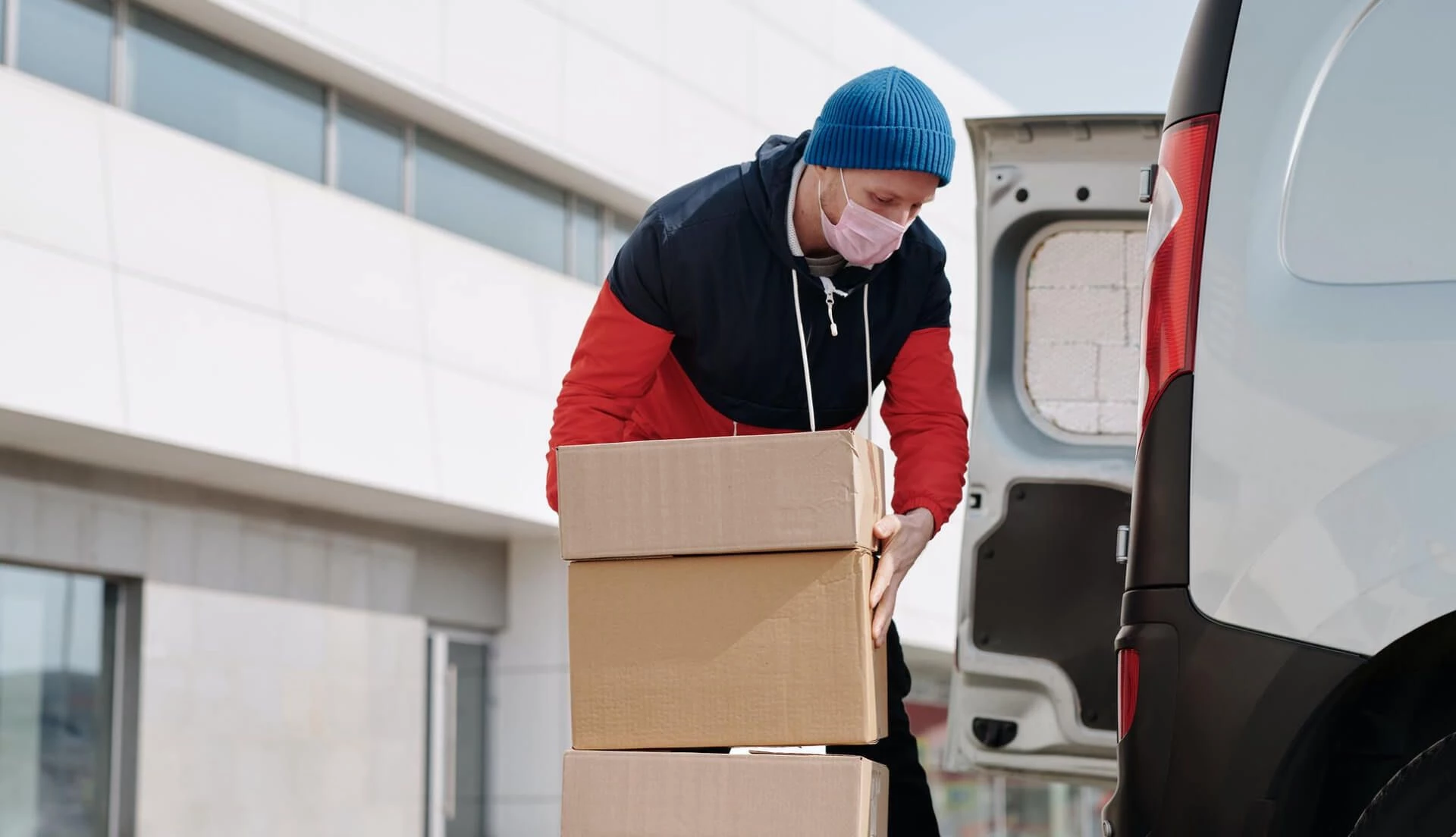 Read the full case study
Read the full case study
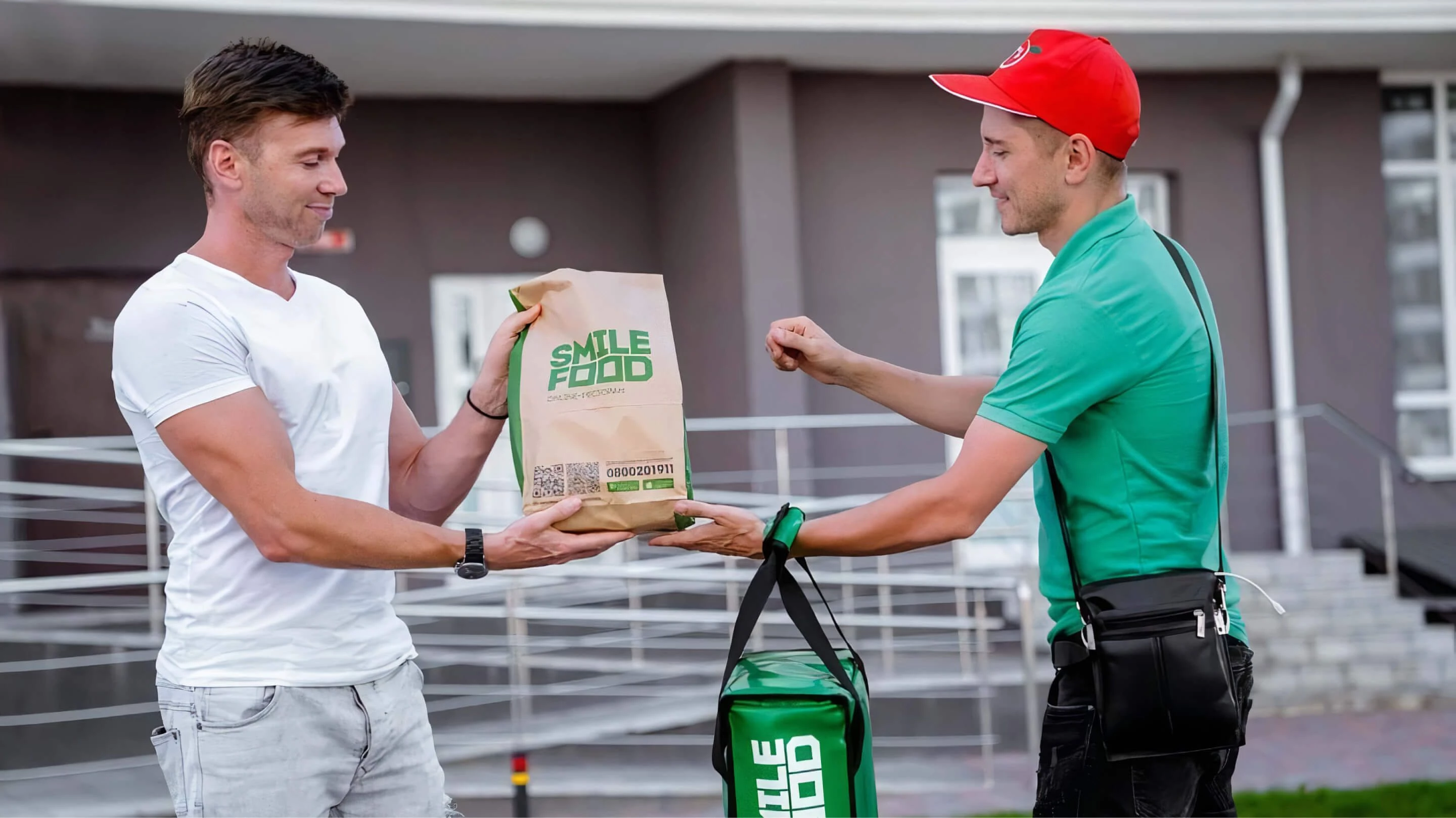 Read the full case study
Read the full case study
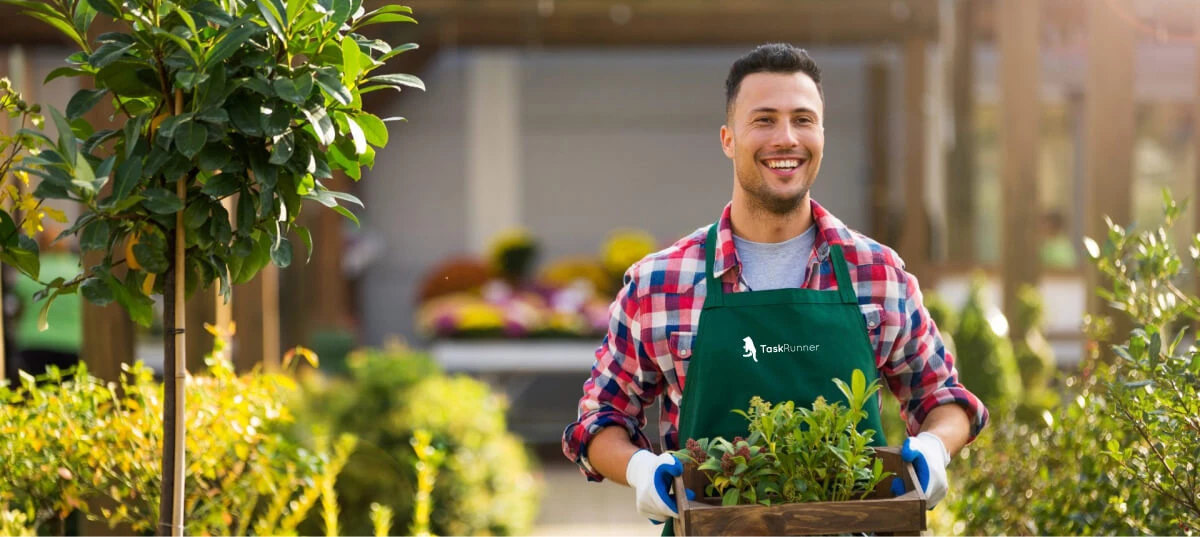 Read the full case study
Read the full case study


